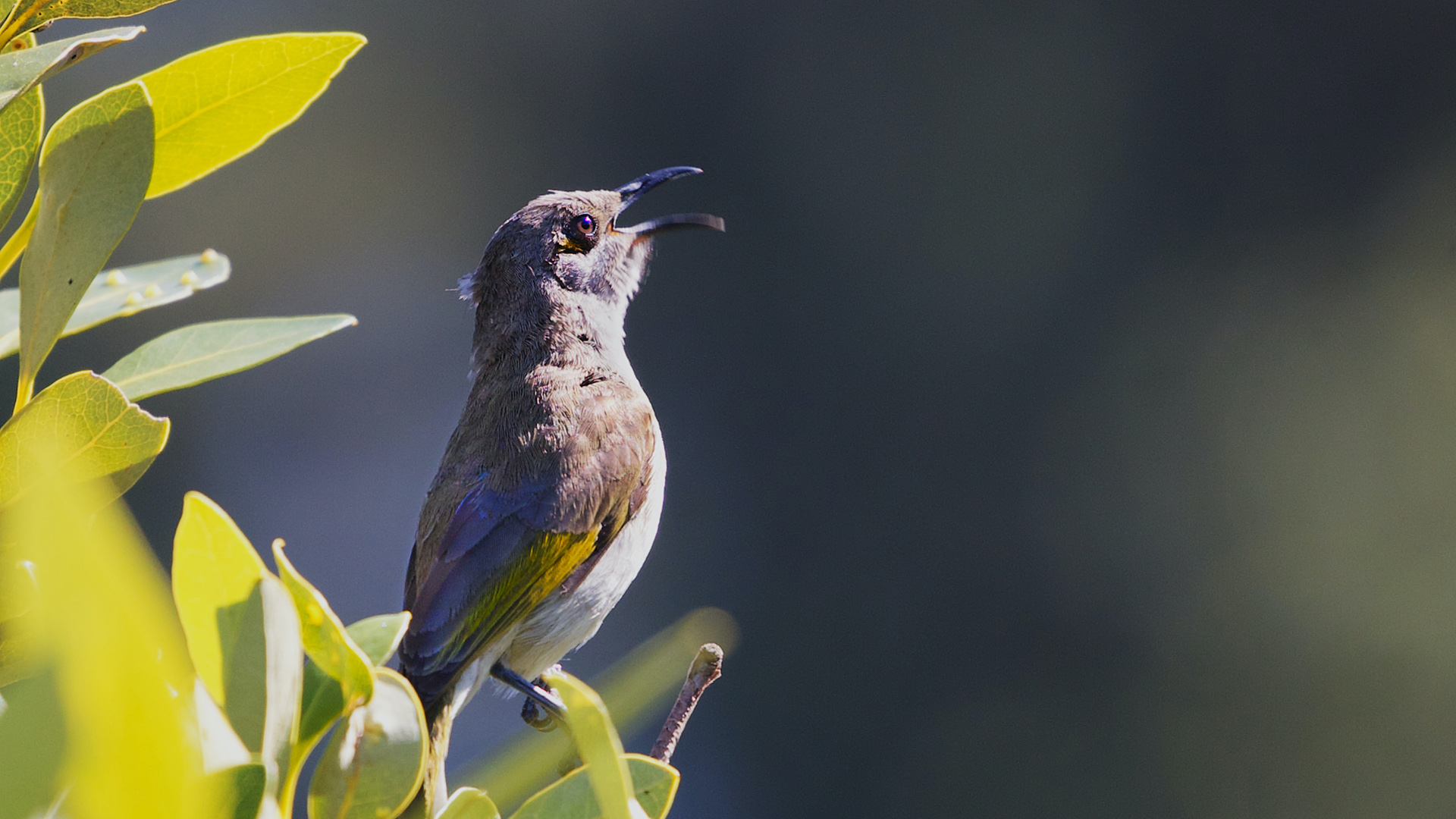It was dawn and we were staying on a rural property not far out of Perth. The early light was alluring, and I was drawn to leave the house for an early morning stroll.
On my way back while walking along a tree-lined path, I became aware of the most glorious birdsong that appeared to be coming from the surrounding trees.
I looked and looked but could see no sign of the elusive birds. Where were they?
And then it dawned (sic) on me.
It was the alarm on my new smartphone alerting me it was time to get up. Doh!
Birdsong.
Do you love it?
Different birds and their warbling are often linked to our memories of certain places.
And unless you have had an unfortunate Hitchcock experience, birdsong has been shown to lift your mood and increase your mental wellbeing for up to 8 hours.
Jenny, are you telling me that if I listen to the local cockies screeching their heads off in the morning, I’ll have a better day at work?
Well… I can’t guarantee that.
Researchers from King’s College London have been looking into the impact of the presence of birds and birdsong on people’s mood and the results are clear.
If you are drawn to nature as a pressure valve release, you are already aware of the benefits being in a green or blue space has on your wellbeing. It’s calming. It lowers your blood pressure. It reduces stress as well as your cortisol level.
Spending time in the great outdoors is the soothing balm to the rambunctiousness of our lives.
And birds add to that sense of peace and connection.
Whether it’s the dawn chorus, the evening roosting cacophony, or the sound of an individual calling out to its mate, birds play an important role for our health as part of our biodiverse environment.
The implication also being that because seeing birds and hearing birdsong on a regular basis is good for us, it’s important to create and preserve urban landscapes that encourage birdlife.
This is true for general mental wellbeing, and especially so for those living with depression.
While I don’t like seeing birds in cages, it’s easy to see how the presence of a chirpy budgerigar or canary in a home, can lift the spirits of its owner.
Airports also use birdsong in their own peculiar environments. Changi airport in Singapore has “Jewel” designed as a calming tropical oasis with piped birdsong. Perfect for harassed and jet-lagged passengers. Helsinki airport in Finland and others are also integrating natural landscapes and birdsong to help alleviate traveller stress.
One of my favourite airport arrivals though has to be the arrivals hall at Auckland International Airport where you walk through a Māori gateway with birdsong playing that signifies “welcome home” which I have to say I much prefer to Zurich’s airport train that plays mooing cows and yodelling, that made me dissolve into a fit of giggles the first time I heard it!
With our wellbeing, especially mental wellbeing being such an important factor to combat the impact of our crazy busy lives, doesn’t it make sense to incorporate more of nature into our everyday lives?
Whether it’s watching an osprey soar above the dunes along the coast, a hawk hovering over its prey or catching a glimpse of the magnificent male fairy wren, seeing birds influences our mood for the better.
If our feathered friends aren’t currently on your wellbeing radar, do you see there could be a place for taking a moment to notice and listen?
I’d love to hear your thoughts.
Dr Jenny Brockis is a medical practitioner and board-certified lifestyle medicine physician, keynote speaker and best-selling author specialising in mental wellbeing, psychological safety and burnout prevention. To book her to speak at your next event or in house training you can contact her here.



I just did a road trip through the North-West and NT, and one of the delightful surprises was the birdsong. Sleeping under a canopy of trees and being woken by those sounds in the morning is like fuel for the day’s activities. And although the sound of an individual bird is uplifting, I think it’s the unpredictability and orchestral combination that gets the brain’s attention.
Rather than the recorded sounds, I’d prefer we planted more trees and attracted more real birds. Imagine if all the cities had strategies for bird corridors, rather than more roads!